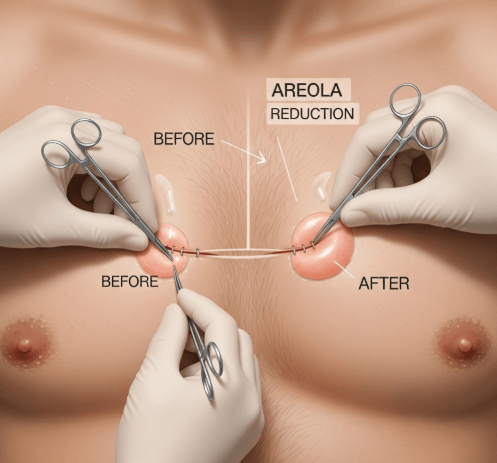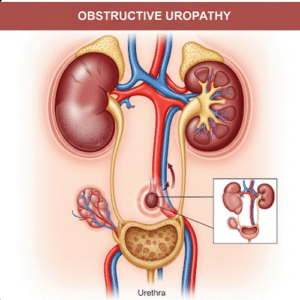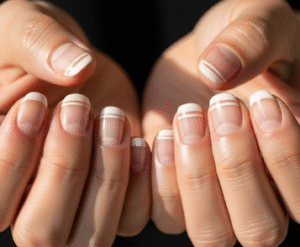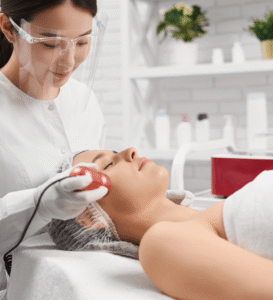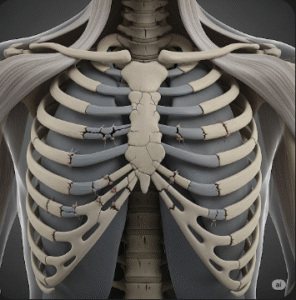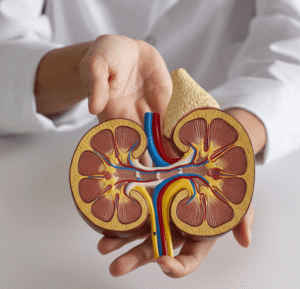What It Is
Areola reduction surgery for men is a cosmetic procedure that reduces the diameter of the areola (the darker skin surrounding the nipple) to create a smaller, more proportionate, and masculine appearance of the chest.
Enlarged or stretched areolas in men can occur due to genetics, hormonal changes, gynecomastia, weight fluctuations, or aging. The procedure reshapes the areola to better match the chest contour and is often combined with gynecomastia surgery or chest contouring for comprehensive results.
Why It’s Done
Men typically seek areola reduction because:
- The areolas are disproportionately large compared to the chest.
- They feel self-conscious about chest appearance in fitted shirts, swimwear, or when shirtless.
- Enlarged areolas are a result of gynecomastia, weight changes, or after previous chest surgery.
- They want a more defined, athletic, and masculine chest contour.
Good candidates include:
- Men with large, stretched, or puffy areolas.
- Patients with stable weight and no uncontrolled medical conditions.
- Individuals with realistic expectations for scar placement and healing.
Alternatives
- Non-surgical options: No effective non-surgical treatments exist for reducing areola size.
- Gynecomastia surgery alone: Sometimes reduces puffiness but may not adequately shrink the areola diameter.
- Areola tattooing: Can adjust appearance slightly, but does not actually reduce size.
Preparation
Before undergoing male areola reduction in Korea, patients will:
- Have a consultation to assess areola size, skin elasticity, and chest proportions.
- Undergo medical testing (bloodwork, health screening).
- Stop smoking and alcohol at least 2–4 weeks prior to surgery.
- Avoid blood-thinning medications and supplements.
- Plan for a short recovery period (usually a few days of downtime).
How It’s Done
- Anesthesia: Usually performed under local anesthesia with sedation, though general anesthesia may be used if combined with gynecomastia surgery.
- Incision: A circular incision is made around the border of the areola. Excess pigmented skin is removed, and the remaining areola is tightened to a smaller size.
- Techniques: The “purse-string” or round block suture technique is commonly used to maintain the new areola size and minimize stretching over time.
- Duration: Typically 1–2 hours, performed as an outpatient procedure.
Recovery
- First few days: Swelling, mild discomfort, and bruising around the nipples. Pain is usually minimal and managed with oral medication.
- Dressings: Small bandages or dressings are placed over the nipples. Stitches are often absorbable or removed after 7–10 days.
- Return to work: Most patients resume daily activities after 2–3 days.
- Exercise: Avoid heavy lifting or chest workouts for 3–4 weeks.
- Results: Areola size is immediately reduced, with final results visible after swelling subsides in 4–6 weeks.
Possible Complications
- Temporary numbness or sensitivity changes in the nipples.
- Scarring around the areola border (usually fades well and is discreet).
- Risk of widening if tension on the scar is high during healing.
- Rare risks: infection, asymmetry, or poor healing.
Treatment Options in Korea
Diagnosis
Korean surgeons carefully measure areola diameter and assess chest proportions. Photos and 3D simulations may be used to show patients the expected outcome.
Medical Treatments
There are no non-surgical treatments to reduce areola size; surgery is the only effective option.
Surgical or Advanced Therapies
- Direct areola reduction with circular excision of excess tissue.
- Combination with gynecomastia surgery for men with enlarged breasts.
- Minimal-scar techniques are often used in Korea to ensure natural results.
Rehabilitation and Support
- Follow-up visits to check healing and scar quality.
- Scar management therapies (silicone gels, laser, or microneedling) if needed.
- Detailed aftercare instructions, often provided in multiple languages for international patients.

